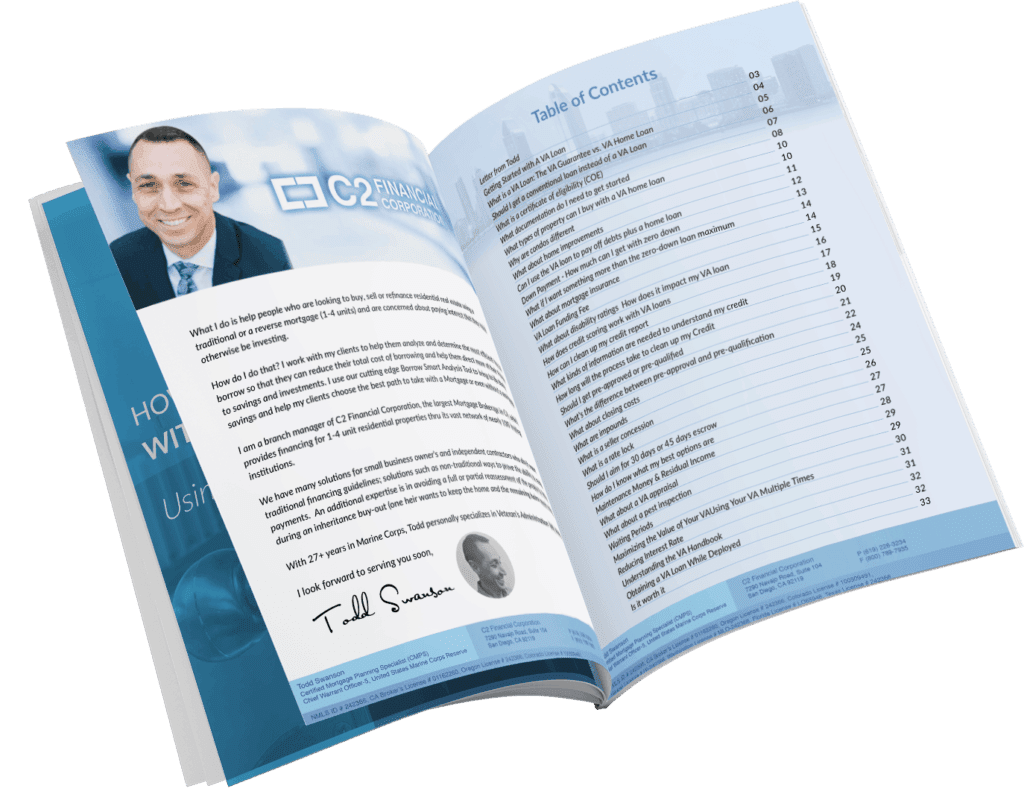A fixed-rate loan features the same payment amount for the entire duration of the loan. The property taxes and homeowners insurance will increase over time, but for the most part, payment amounts on these types of loans vary little.
During the early amortization period of a fixed-rate loan, most of your monthly payment pays interest, and a significantly smaller part goes to principal. That gradually reverses as the loan ages.
Borrowers can choose a fixed-rate loan to lock in a low rate. People select fixed-rate loans because interest rates are low and they wish to lock in this lower rate. If you have an Adjustable Rate Mortgage (ARM) now, refinancing into a fixed-rate loan can provide more stability in monthly payments.
If you currently have an Adjustable Rate Mortgage (ARM), we can assist you in locking a fixed-rate at the best rate currently available. Call Todd Swanson, Mortgage Consultant at (619) 226-3234 to discuss how we can help.
Adjustable Rate Mortgages — ARMs, come in even more varieties. Generally, the interest rates for ARMs are based on a federal index. Some examples of outside indexes are: the 6-month Certificate of Deposit (CD) rate, the 1 year Treasury Security rate, the Federal Home Loan Bank’s 11th District Cost of Funds Index (COFI), or others.
Most ARM programs have a cap that protects borrowers from sudden monthly payment increases. Some ARMs can’t adjust more than 2% per year, regardless of the underlying interest rate. Sometimes an ARM has a “payment cap” that ensures your payment can’t go above a fixed amount in a given year. Almost all ARMs also cap your interest rate over the duration of the loan period.
ARMs usually start out at a very low rate that may increase over time. You may hear people talking about “3/1 ARMs” or “5/1 ARMs”. In these loans, the initial rate is set for three or five years. It then adjusts every year. These loans are fixed for a number of years (3 or 5), then they adjust after the initial period. These loans are best for people who expect to move in three or five years. These types of adjustable rate programs benefit borrowers who plan to move before the loan adjusts.
You might choose an ARM to get a lower initial rate and count on moving, refinancing or simply absorbing the higher rate after the initial rate expires. ARMs can be risky in a down market because homeowners can get stuck with rates that go up when they can’t sell their home or refinance at the lower property value.





